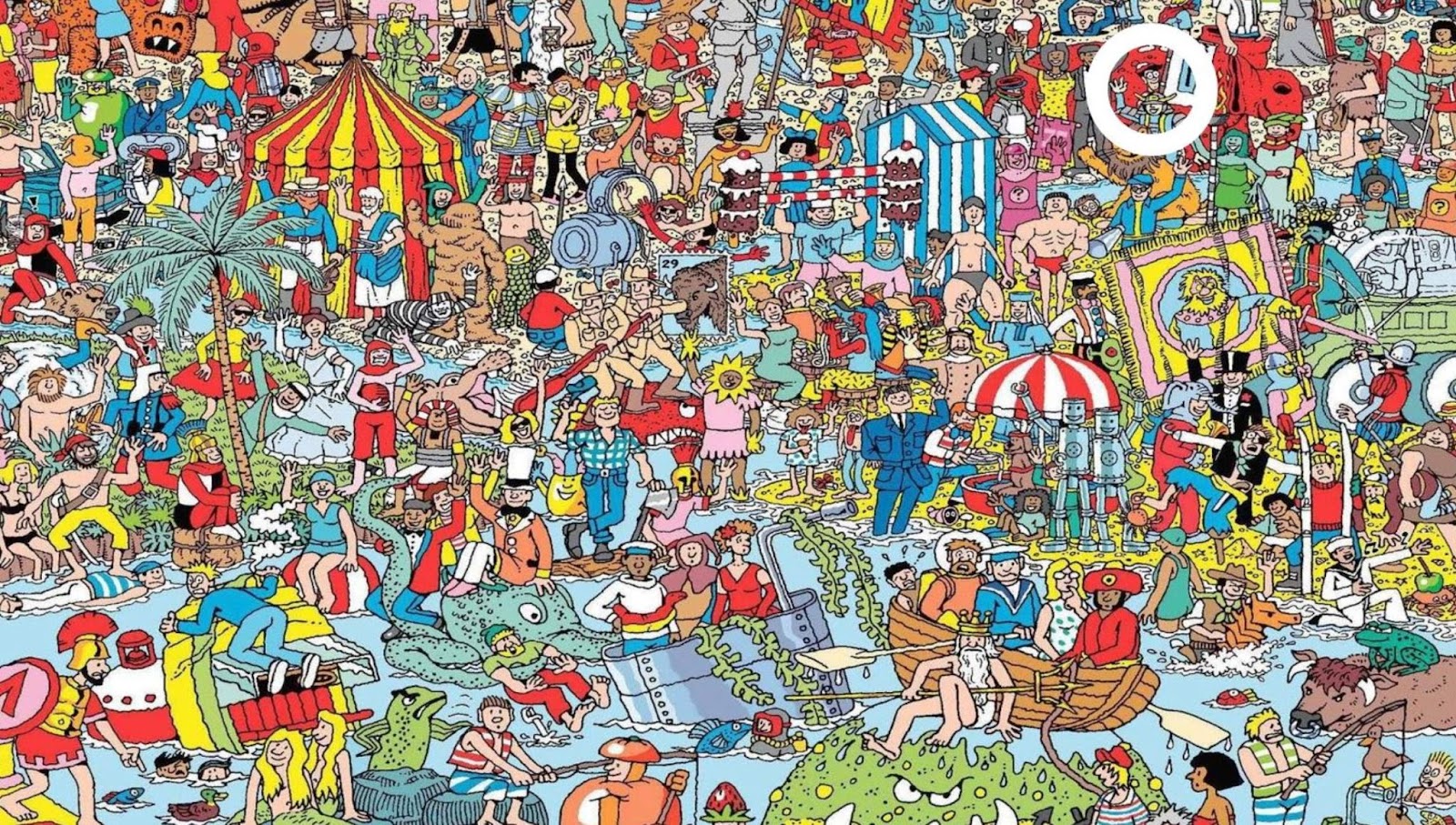Train Like a Spy: Four CIA Secrets to Enhance Your Creativity
When the 9/11 Commission cited ‘lack of imagination’ as a key security failure ahead of the 2001 US terrorist attacks, the CIA changed its perspective. The Sherman Kent School for Intelligence Analysts began teaching ‘Creativity in Intelligence’, modeled after a degree at Buffalo State University that focuses on creativity and innovation.
Still, the threats kept coming - complex and ambiguous problems like cyber warfare, and suspected Russian interference in the US presidential election - so the CIA upped its game.
In the past decade, CIA trainers have taught at least 70 courses in creative thinking. Analysts now study The Psychology of Intelligence Analysis which encourages them to challenge assumptions, see different perspectives, and change their minds.
“Minds are like parachutes. They only function when they are open,” CIA trainer Jacob Eastham said, sharing the CIA’s tools and techniques at SXSW 2019.
But how do you creatively deal with problems you can’t yet imagine? Here are four of the CIA’s top creativity secrets.

CIA Secret 1, the WoMBAT: Reframe the problem or question
If you’re asked to find Waldo, that narrows down who you’re looking for and how to solve that problem. It also means that while searching for Waldo you may miss other intelligence or incredible events - like the two people brushing a hippopotamus’ teeth.
The narrow focus is called ‘framing bias’. Most people only think or act upon what they’re asked to do. So, to improve creativity, reframe the task by asking questions that make your brain think of the possibilities, not just right or wrong answers.
The CIA calls this WoMBAT or “What Might Be All The…” For example, the broader problem/question could be reframed as: “What might be all the ways to accomplish our goal?” (The word ‘might’ is important, as it helps open the door to creativity.)
Also, ask invitational questions that invite plural answers. Instead of "Where's Waldo?" ask “What might be all of the ways to find Waldo?” That changes the scope of the problem and opens up unforeseen possibilities. CIA analysts use this method when they are considering life and death problems such as: “What might be all the scenarios if our global food system failed simultaneously?”
If you want creative answers, ask creative questions.
"The brand new social experience where you activate your gaming skills as you train like a spy."
- TimeOut
Take on thrilling, high-energy espionage challenges across different game zones.


CIA Secret 2, The Wolf Zone: Explore outside of your box...
The CIA uses the Dog (representing the familiar, your comfort zone) and the Wolf (representing risk, the unknown). Some answers or solutions to problems will require stepping outside of your comfort zone and entering the Wolf Zone.
In 2014, when Malaysia Airlines MH17 crashed en route from Amsterdam to Kuala Lumpur over conflict-hit Ukraine, the CIA had several big-focus questions they needed to answer: Was it military action or not? And if it was military action, what type of event could cause that crash and where did the missile come from?
The Agency didn’t have the expertise to answer those questions so they brought in outside experts. In other words, the CIA needed to get out of Dog Zone and embrace the unknown Wolf Zone.

... and pay attention to cognitive biases
Hollywood screenwriters and science fiction writers have taught storytelling to the CIA so spies can figure out how to convey messages in the best way possible to the people that need to hear them. Magicians have also been brought in to teach the CIA about the cognitive biases, including the brain's tendency to oversimplify complex information.
A simple creativity tool to get out of your comfort zone is called Alternative Worlds, which means basically asking: “In what ways can I learn or borrow from another profession that is not my own?” List professions far afield from yours, and think about how they might solve your problem. Pick up a magazine you’ve never read to get started. How might a fashion designer or commercial fisherman approach your problem?

CIA Secret 3, The Wood Duck: inspiration is everywhere
A CIA analyst who was hunting for a terrorist struck up a conversation with a photographer who was taking photos of a rare Wood duck in the park. The photographer offered sage advice: “You can find Wood ducks if you know where to look.”
Wood ducks nest in cavities of trees, much like squirrels. They have different migration patterns than other ducks. As a result, the analyst realized he may have been looking for the terrorist in the wrong location at the wrong time - the terrorist may be hiding with the squirrels, not the ducks’ - and he made adjustments to his team’s methodologies.

Experiment with similes or metaphors for inspiration
The CIA trains staff to think of their problems as similes, metaphors, or analogies.
"What we want to do is embrace that analogical thinking because as we do it more and more, it'll get easier and easier. And it can help change our mental constructs and help us find different solutions," CIA trainer Nyssa Straatveit said.

Secret 4, The Otter: break free from some of your patterns
Patterns can be useful - nobody wants to find a new route into work every day - but they can also stifle creativity. When Whole Foods sponsored the otters at the Smithsonian National Zoo, the company was allowed to name the animals, so they chose gastronomically-inspired monikers like ‘Clementine’ and ‘Saffron’. When the public was asked to name the final otter, they chose ‘Kevin’.
Sometimes you need to break the pattern. The CIA has a team of pattern-breaking ‘Otters” called the Red Cell, an independent analytic unit in charge of creating and alternative analysis. “Their job is to hunt for strategic surprises,” Eastham said.
Post 9/11, then-Director George Tenet instructed the CIA Red Cell to tell him things others didn’t - particularly if it would make senior analysts uncomfortable. Sometimes we see a gray rhino coming from a mile away but we still ignore the threat and are surprised when it arrives. Breaking the pattern can help.

Breaking the pattern on a CIA operation
When six Americans were trapped in Tehran during the siege of the US Embassy in 1979, the CIA’s Tony Mendez’s audacious ‘Argo’ Rescue Operation was designed to break the pattern. Instead of sneaking the hostages out quietly under the radar, Mendez disguised them in a style that was outlandishly over the top. The hostages dressed as a Hollywood movie crew scouting locations in Iran. The break from the status quo helped the rescue plan succeed.

Further CIA approaches to creative thinking
Eastham compared the intelligence analyst’s job to a puzzle solver who must put together a mental puzzle without all of the pieces - and they may also have pieces from a different puzzle mixed in. So how do they do it?
Basically, there are two sides to problem-solving:
i) Divergent Thinking, where we explore possibilities and create choices, and
ii) Convergent Thinking, where we make choices.
Creative thinkers devote adequate time to Divergent Thinking to explore possibilities rather than jump quickly to conclusions. That may sound obvious, but stress is a big inhibitor to creativity - and dealing with deadlines and national security issues is very stressful. An analyst’s default mode under stress may be to quickly get the job done and the report filed.
“We need them to take a little time out of that to live in the Divergent just a little longer and think creatively,” Nyssa Straatveit said. “My personal goal for the course is to help people handle the fact that they don’t know what they don’t know. That’s where creative thinking comes in.”
***
If you like the world of secrets and spies you’ll love SPYGAMES.
SPYGAMES is the thrilling new experience developed with experts from CIA and Special Ops to stretch your physical and mental skills.
SPYGAMES comprises a series of high-tech game rooms where you’ll choose to compete or collaborate in fun challenges. You’ll jump, dodge, hide, throw, and climb through dozens of different games and levels. Your personal identity band tracks your progress as you hone your fitness and skills with every visit.
www.spygames.com
SPYSCAPE+

Join now to get True Spies episodes early and ad-free every week, plus subscriber-only Debriefs and Q&As to bring you closer to your favorite spies and stories from the show. You’ll also get our exclusive series The Razumov Files and The Great James Bond Car Robbery!


Gadgets & Gifts
Explore a world of secrets together. Navigate through interactive exhibits and missions to discover your spy roles.
Your Spy Skills
We all have valuable spy skills - your mission is to discover yours. See if you have what it takes to be a secret agent, with our authentic spy skills evaluation* developed by a former Head of Training at British Intelligence. It's FREE so share & compare with friends now!
* Find more information about the scientific methods behind the evaluation here.


Stay Connected
Follow us for the latest
TIKTOK
INSTAGRAM
X
FACEBOOK
YOUTUBE